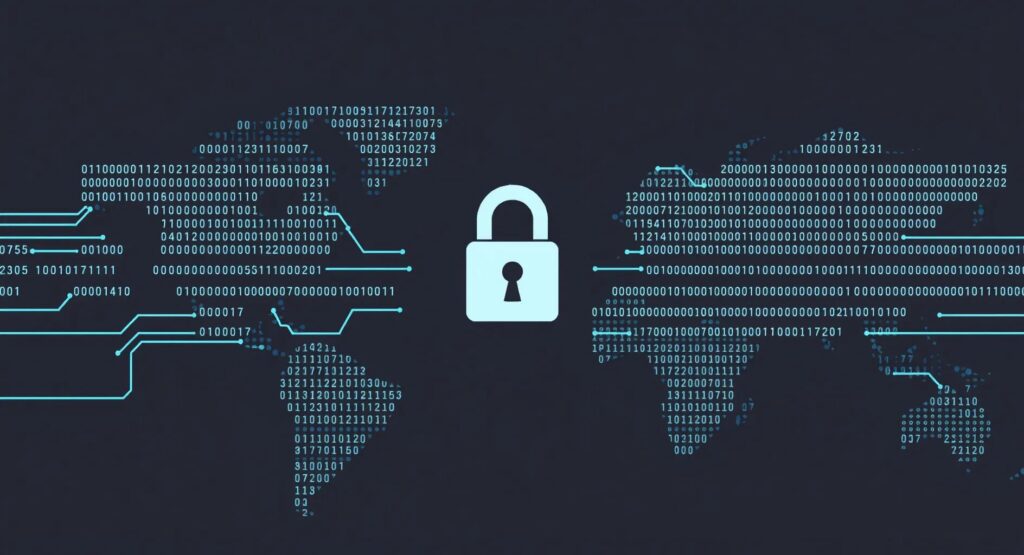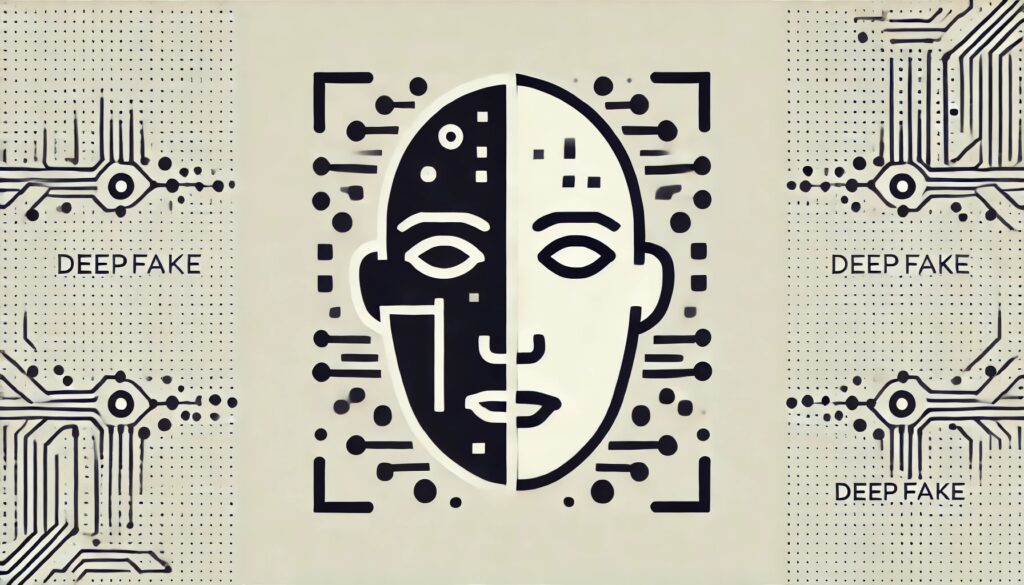
In today’s rapidly evolving cybersecurity landscape, Zero Trust Architecture (ZTA) has emerged as a critical strategy for safeguarding sensitive data and systems. As the digital world becomes increasingly interconnected, traditional security measures like perimeter defenses are no longer sufficient. The rise of Artificial Intelligence (AI) has further complicated the cybersecurity environment, making the need for a Zero Trust approach even more pressing.
What Is Zero Trust Architecture?
At its core, Zero Trust Architecture is based on a simple yet profound principle: “Never trust, always verify.” Unlike conventional security models that assume everything inside an organization’s network is trustworthy, ZTA assumes that every user, device, or application poses a potential threat. This means that no entity—whether inside or outside the network—gets a free pass.
The Growing Complexity of AI Systems
AI systems are becoming ubiquitous, powering everything from customer service bots to predictive analytics. While AI offers unparalleled opportunities for innovation and efficiency, it also introduces new vulnerabilities. AI systems can be exploited, manipulated, or even used to perpetrate sophisticated attacks. These risks are amplified when AI systems interact with sensitive data or critical infrastructure.
In this context, Zero Trust becomes essential. It ensures that access to AI systems and the data they handle is tightly controlled, continuously monitored, and automatically adjusted based on real-time risk assessments.
How Zero Trust Mitigates AI-Specific Threats
AI systems often rely on massive amounts of data to function effectively. However, this data is a prime target for cybercriminals. A breach could not only expose sensitive information but also compromise the integrity of the AI model itself. By implementing Zero Trust Architecture, organizations can ensure that data access is restricted and monitored at all times, reducing the risk of data breaches.
Moreover, Zero Trust helps mitigate the risk of adversarial attacks—where attackers attempt to manipulate AI models by feeding them deceptive inputs. With Zero Trust policies in place, these inputs can be flagged, isolated, or rejected before they cause any harm.
ZeroTrusted.ai: A Pioneer in Zero Trust for AI
In this challenging environment, ZeroTrusted.ai has positioned itself as a pioneer by offering cutting-edge solutions that integrate Zero Trust principles with AI security. The company has developed a suite of tools and frameworks that allow organizations to implement Zero Trust specifically tailored for AI systems. This includes real-time monitoring, automated policy enforcement, and advanced threat detection capabilities.
Innovative Features of ZeroTrusted.ai
One of the standout features of ZeroTrusted.ai is its ability to dynamically adjust access controls based on the context. For instance, if an AI system detects an unusual pattern in user behavior, ZeroTrusted.ai can automatically trigger additional verification steps or limit access to critical resources. This level of adaptability is crucial in an era where cyber threats are constantly evolving.
Another key innovation from ZeroTrusted.ai is its focus on user behavior analytics. By continuously analyzing how users interact with AI systems, the platform can identify potential insider threats or compromised accounts long before they can cause significant damage.
The Business Case for Zero Trust in AI
For organizations, the benefits of adopting Zero Trust Architecture—especially in the context of AI—are clear. Not only does it protect against data breaches and cyberattacks, but it also helps ensure compliance with regulatory requirements. With data privacy laws becoming increasingly stringent, having a robust Zero Trust strategy in place can make the difference between a minor security incident and a major compliance violation.

Case Study: Enhancing AI Governance with ZeroTrusted.ai’s Health Checker
The Challenge
The financial institution faced several challenges with its existing AI governance framework. The company had deployed multiple AI models across various departments, ranging from fraud detection to customer service automation. However, the organization lacked a unified approach to monitor and manage these models, leading to potential security vulnerabilities, regulatory compliance issues, and inconsistencies in model performance.
Specifically, the company struggled with:
- Identifying security gaps in AI models that could be exploited by attackers.
- Ensuring compliance with new regulations, such as the EU’s AI Act and the U.S. AI Bill of Rights.
- Maintaining trustworthiness in AI systems by ensuring transparency, fairness, and accountability.
The Solution: Implementing the AI Governance Health Checker
The financial institution decided to use ZeroTrusted.ai’s AI Governance Health Checker to tackle these challenges. The Health Checker offered a comprehensive assessment of their AI systems, providing detailed insights into areas requiring improvement.
Key Steps:
- Assessment Phase: The organization began by using the Health Checker to perform an in-depth analysis of its AI models. The tool evaluated the models based on various criteria, including data security, model accuracy, bias detection, and compliance with relevant regulations.
- Identifying Gaps: The Health Checker identified several critical security gaps in the AI models. For example, one of the fraud detection models had insufficient encryption on data inputs, making it vulnerable to adversarial attacks. Another model lacked adequate auditing logs, which posed a compliance risk.
- Remediation: Armed with the insights from the Health Checker, the organization prioritized remediation efforts. The security team worked on enhancing encryption protocols, while the compliance team updated the auditing processes to align with regulatory standards. Additionally, the company implemented bias detection mechanisms to ensure fairness in its AI-driven decision-making processes.
- Ongoing Monitoring: The Health Checker was integrated into the organization’s continuous monitoring system, allowing for real-time tracking of AI model performance and security. This proactive approach ensured that the organization could quickly respond to any emerging threats or compliance changes.
Results
By leveraging ZeroTrusted.ai’s AI Governance Health Checker, the financial institution significantly improved its AI governance framework. Key outcomes included:
- Enhanced Security: The organization successfully identified and closed critical security gaps, reducing the risk of data breaches and adversarial attacks on its AI models.
- Regulatory Compliance: The company ensured full compliance with new and existing regulations, avoiding potential fines and legal challenges.
- Increased Trustworthiness: With improved transparency, accountability, and fairness in its AI systems, the organization strengthened its reputation with customers and stakeholders.
The financial institution’s experience with ZeroTrusted.ai’s AI Governance Health Checker illustrates the practical value of this tool in enhancing AI governance. By providing actionable insights and facilitating continuous improvement, the Health Checker enabled the organization to achieve a more secure, compliant, and trustworthy AI environment.
Comparative Analysis: How ZeroTrusted.ai’s Health Checker Stands Out
With the growing importance of AI governance, various tools have emerged to help organizations manage and secure their AI systems. Among them, ZeroTrusted.ai’s AI Governance Health Checker has gained attention for its comprehensive approach. This comparative analysis explores how ZeroTrusted.ai’s Health Checker stacks up against other AI governance tools in the market.
Competitor Overview
- Tool A: AI Ethics Auditor
- Features: Focuses on ethical AI principles, offering bias detection and fairness analysis.
- Limitations: Lacks robust security and compliance features, making it less suitable for high-risk environments like finance or healthcare.
- Tool B: Compliance AI
- Features: Specializes in ensuring AI systems comply with industry-specific regulations, such as GDPR and HIPAA.
- Limitations: Primarily focused on compliance, it doesn’t offer extensive security assessments or real-time monitoring.
- Tool C: AI Risk Manager
- Features: Provides risk assessment and management capabilities, including identifying potential model drift and performance issues.
- Limitations: Does not integrate well with existing cybersecurity frameworks, limiting its usefulness in comprehensive security strategies.
What Sets ZeroTrusted.ai Apart
1. Comprehensive Governance Framework
ZeroTrusted.ai’s Health Checker combines features that address security, compliance, and ethical AI principles in one unified platform. Unlike Tool A and Tool B, which focus on specific aspects of AI governance, ZeroTrusted.ai offers a holistic approach, ensuring organizations can manage all facets of AI governance from a single dashboard.
2. Real-Time Monitoring and Adaptation
A standout feature of ZeroTrusted.ai’s tool is its real-time monitoring capabilities. While other tools might provide periodic assessments or static reports, ZeroTrusted.ai continuously monitors AI systems, automatically adjusting security and compliance measures as needed. This is particularly advantageous in environments where AI models are frequently updated or where data inputs change dynamically.
3. Integration with Cybersecurity Frameworks
ZeroTrusted.ai’s Health Checker is designed to seamlessly integrate with existing cybersecurity frameworks, such as Zero Trust Architecture. This integration allows for more robust protection against cyber threats, something that Tool C lacks. By bridging the gap between AI governance and cybersecurity, ZeroTrusted.ai provides a more secure and resilient AI environment.
4. User-Friendly Interface and Actionable Insights
Another area where ZeroTrusted.ai excels is ease of use. The Health Checker offers a user-friendly interface with clear, actionable insights, making it accessible to both technical and non-technical stakeholders. Competing tools often have steep learning curves or produce overly complex reports, which can be a barrier to effective implementation.
Conclusion: The Future of Cybersecurity with Zero Trust
As AI systems continue to permeate every aspect of business and society, the importance of Zero Trust Architecture will only grow. Organizations that fail to adopt a Zero Trust approach risk exposing themselves to a wide range of cyber threats, from data breaches to adversarial attacks.
ZeroTrusted.ai is leading the way in this critical field, offering solutions that not only protect AI systems but also enhance their performance and reliability. By embracing Zero Trust, organizations can navigate the complexities of the modern cybersecurity landscape with confidence, knowing that they are well-equipped to face whatever challenges lie ahead.
For more information on the evolving role of Zero Trust in cybersecurity and the innovative solutions offered by ZeroTrusted.ai, explore the resources linked below.





